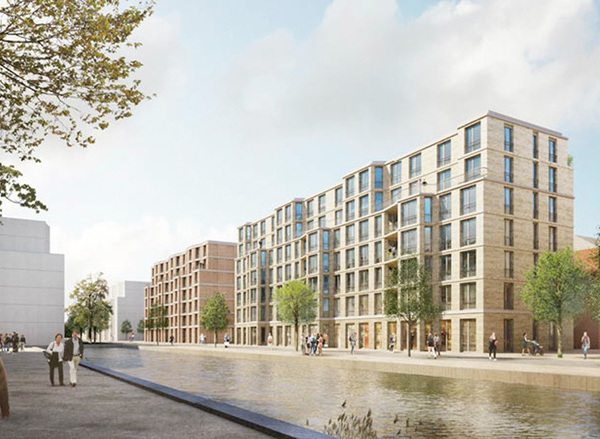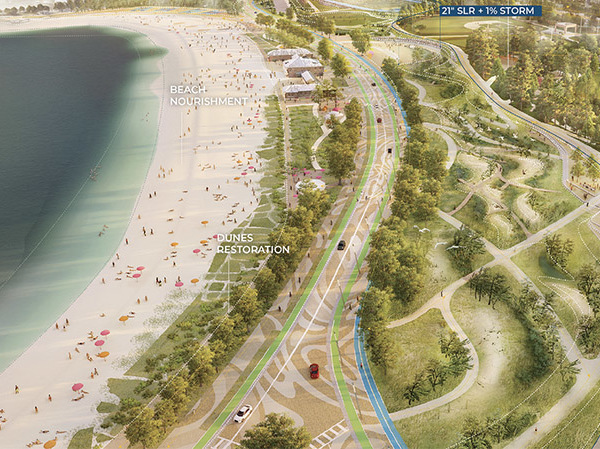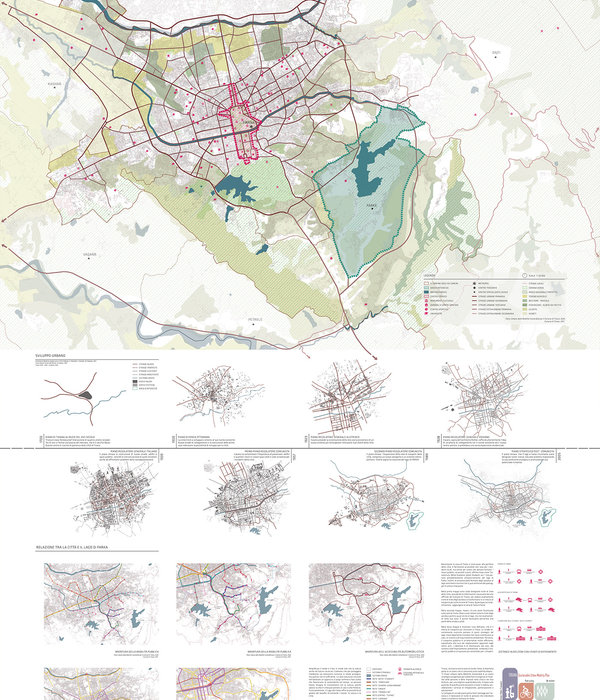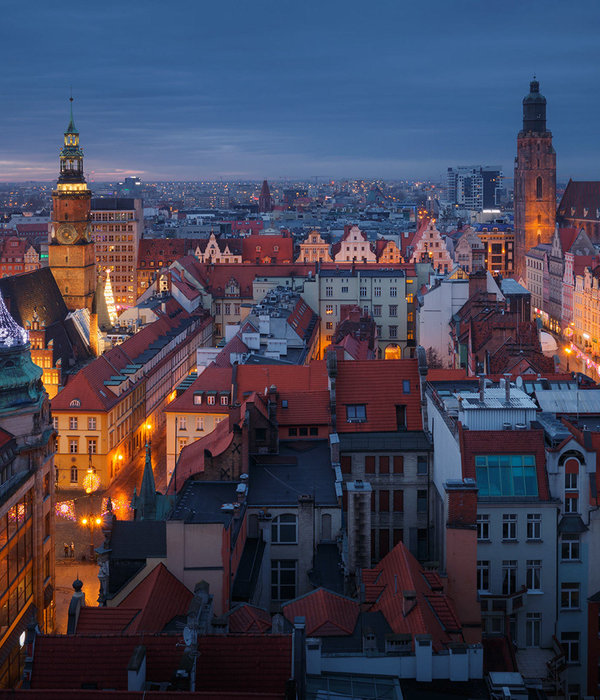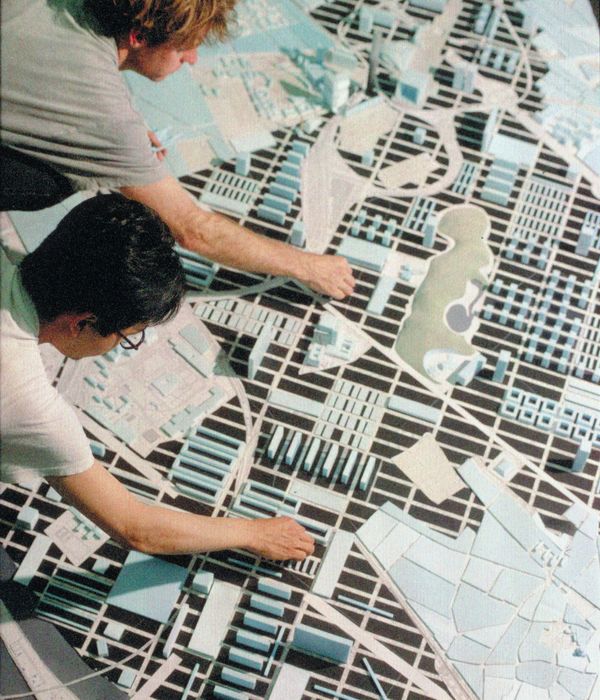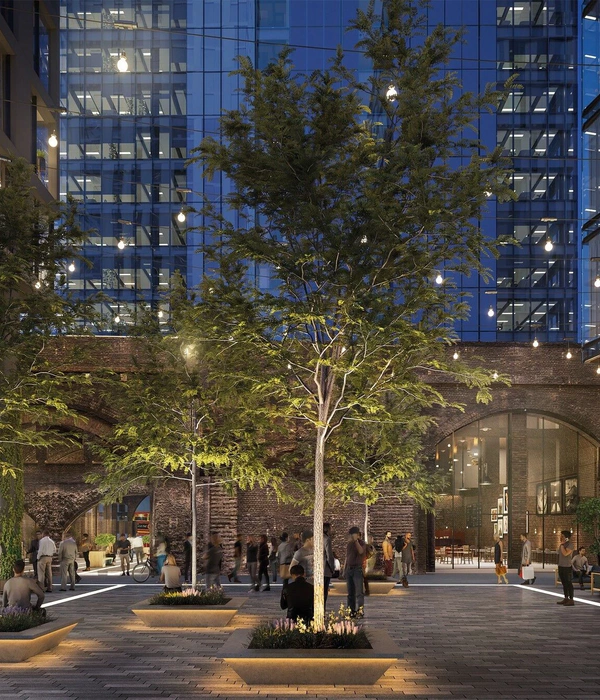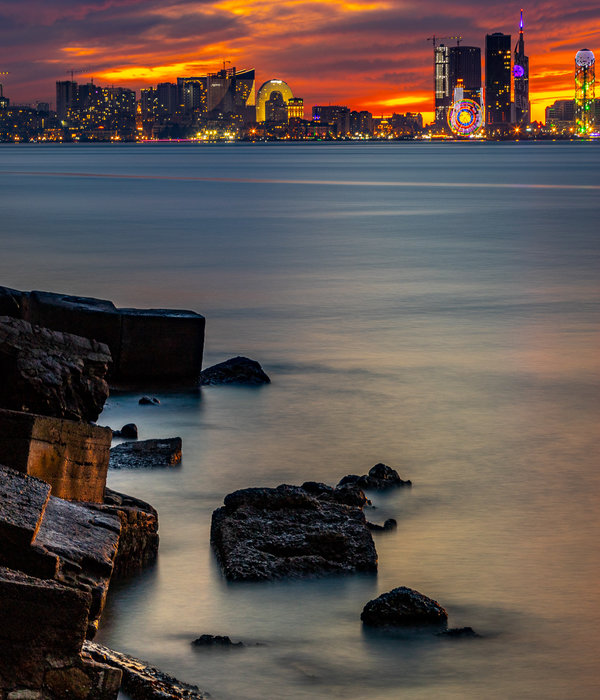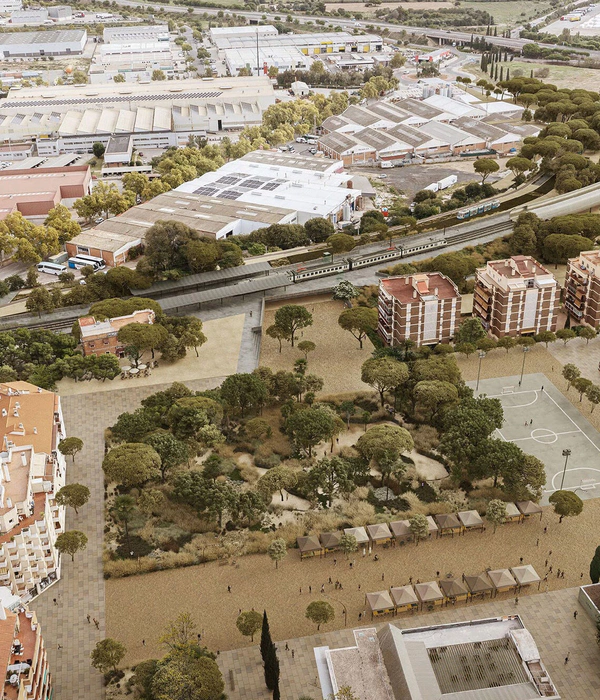PAiKZ Architecture and Heritage Conservation Office
Photography: Leszek Ogrodnik
The project of the renovation of the early nineteenth-century former Camaldolese inn is a perfect example of adapting the historic building to the needs of its modern users. A necessary condition for this type of investment process is close cooperation between the owner of the building and the architect and the Office of Monuments Protection. In this particular case, the owners of the monument are the architect and the art conservator, which undoubtedly contributed significantly to the efficient execution of all stages of the investment. The design works were preceded by a research query concerning historical information and archival source materials related to this particular object. For several decades of the 20th and 21st century the former inn was used as a multi-family building and a store, and after it was abandoned by the last users, fell into a state of increasing ruin. When the monument was purchased by its current owners, the object had already been described for years as a building disaster: the ceiling threatening to collapse, a sunken roof and water-soaked walls partly buried with soil from a sliding slope.The priority issue was to unveil the buried walls of the building and to protect it both against landslides and flooding with rainwater from the surrounding hills. As a result of this decision, the northern part of the plot was leveled, so the elevations of the the former inn were uncovered. Due to the transformation of the area, it was necessary to build retaining walls and external stairs allowing access to the garden located in the upper part of the plot.The main conservation goal was to preserve the historic form of the inn, including the restoration of its original shingle covering with dormers in the form of "eyelids" symmetrically located on both sides of the entrance porch. On the basis of the surviving elements, the decorative form of the roof rafter ends and the formwork of the entrance porch were reconstructed. The elevations of the inn, as well as the expressive chimneys, have been finished with route plasters with the addition of marble flour and the window woodwork has been meticulously reconstructed. The interference in the inn building due to its historic character was limited to the northern elevation: the window and door openings were enlarged and the roof was partially transformed while maintaining its silhouette. This action was the result of an inquiry: an axially located building was added to the northern side of the inn, in the historical form of the so-called "stan", which was characteristic for inns in the Malopolska region, and its function was usually a stable and coach house. The newly designed building, connected with the existing building, in reference to its historical function took over additional, contemporary functions of a residential building and now houses utility rooms, communication rooms and a comfortable garage for two cars.This part of the inn has gained both the contemporary function and the contemporary architectural form, which has had a positive impact on its body and the spatial solutions in the interior. In contrast to the small window openings in the historic inn building, its newly designed part is characterized by a modern form, with large glazing that opens its interior to the surroundings. Noteworthy is the use of shingles also on the walls of the building, so that this simple body is described only by two materials, namely wood and glass. Inside the inn, the original, slightly simplified spatial arrangement has been preserved, which has been functionally adapted to the needs of the residents. On the first floor, in reference to the original spatial arrangement, there is a large and picturesque living room with a dining room, a kitchen with a huge table and a pantry, which is necessary in every traditional house, and the hallway with exposed, reused, original ceiling beams and an axially located old staircase. Two front rooms, a walk-in closet and a toilet located right at the entrance complete the functional solutions of this floor. At the level of the attic adapted for residential purposes, there are three bedrooms, two bathrooms, the hall - spectacular and spacious, with a thrilling view, closet and laundry.The owners of the revitalized, former Camaldolese inn managed to successfully combine history with the present and restore this unique object not only to themselves - its owners, but also to the local community.This realization confirms that it is possible to combine the difficult and extremely delicate matter of the monument with the passion for design.
Aneta Barańska, architect IARP
{{item.text_origin}}

